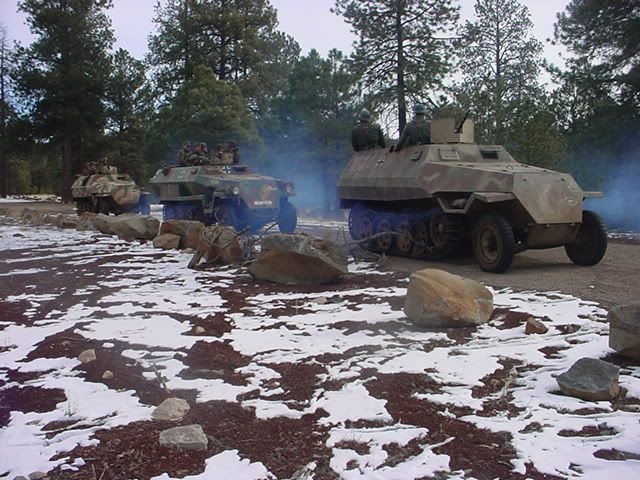FMG,If you are still taking suggestions for American, Japanese and UK NAVAL pieces here is what I would like to see and would purchase.
USN BB USA No more IOWAs only 4 built 2 laid down them scraped.
BB NEW MEXICO CLASS OR WEST VIRGINIA CLASS
TECH BB MONTANA CLASS
IJN BB IJN No more YAMATOS 2 built 1 converted to CV SHINANO other projected not built.
BB IJN FUSO CLASS OR IJN MUTSU CLASS
TECH BB A-150 SUPER YAMATO WITH 20 INCH GUNS
HMS BB UK no more ROYAL SOVERIGNS, 5 built only.
BB HMS KING GEORGE V CLASS OR QUEEN ELIZABETH CLASS
TECH BB HMS LION CLASS
USN CV USN No more WASPS! one built only. Closest Class to it was The YORKTOWN CLASS OF 3 SHIPS.
CV USN FLEET CARRIER EESEX CLASS 24 built many more projected.
TECH CV USS MIDWAY CLASS
CVL INDEPENDENCE CLASS
IJ CV IJN No more SHINANO’S. one built only.
CV IJN AKAGI OR IJN ZUIKAKU
TECH IJN TAIHO HAD A ARMOURED DECK!
CVL SHOHO
HMS CV No more HMS VICTORIOUS.
CV HMS ARK ROYAL OR GLORIOUS
TECH CV HMS MALTA CLASS
CVL HMS MAJESTIC CLASS armoured deck!
USN CA No more USN AUGUSTAs
CA USN BALTIMORE OR DES MOINES CLASS
TECH CA USN ALASKA CLASS
CL USN ATLANTA CLASS
HMS CA No more HMS COUNTY CLASS
CA HMS BLACK PRINCE
TECH CA HMS TIGER CLASS
CL HMS DIDO
IJN CA No more MAYA CLASS
CA IJN MOGAMI CLASS
TECH CA IJN YAHAGI CLASS
CL IJN KUMA CLASS
IJN DD No more FUBUKI CLASS
DD IJN KAGERO CLASS
TECH DD SHIMAKAZE CLASS 1 BUILT 14 MORE projected.
UK DD No more FLETCHERS
DD O OR P CLASS
TECH DD W CLASS
USN DD No more FLETCHERS
DD USN ALLEN M. SUMMERS
TECH DD USN GEARING CLASS









